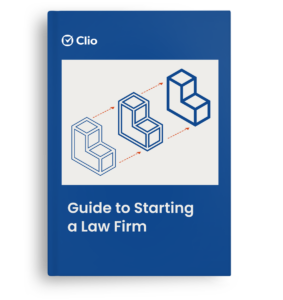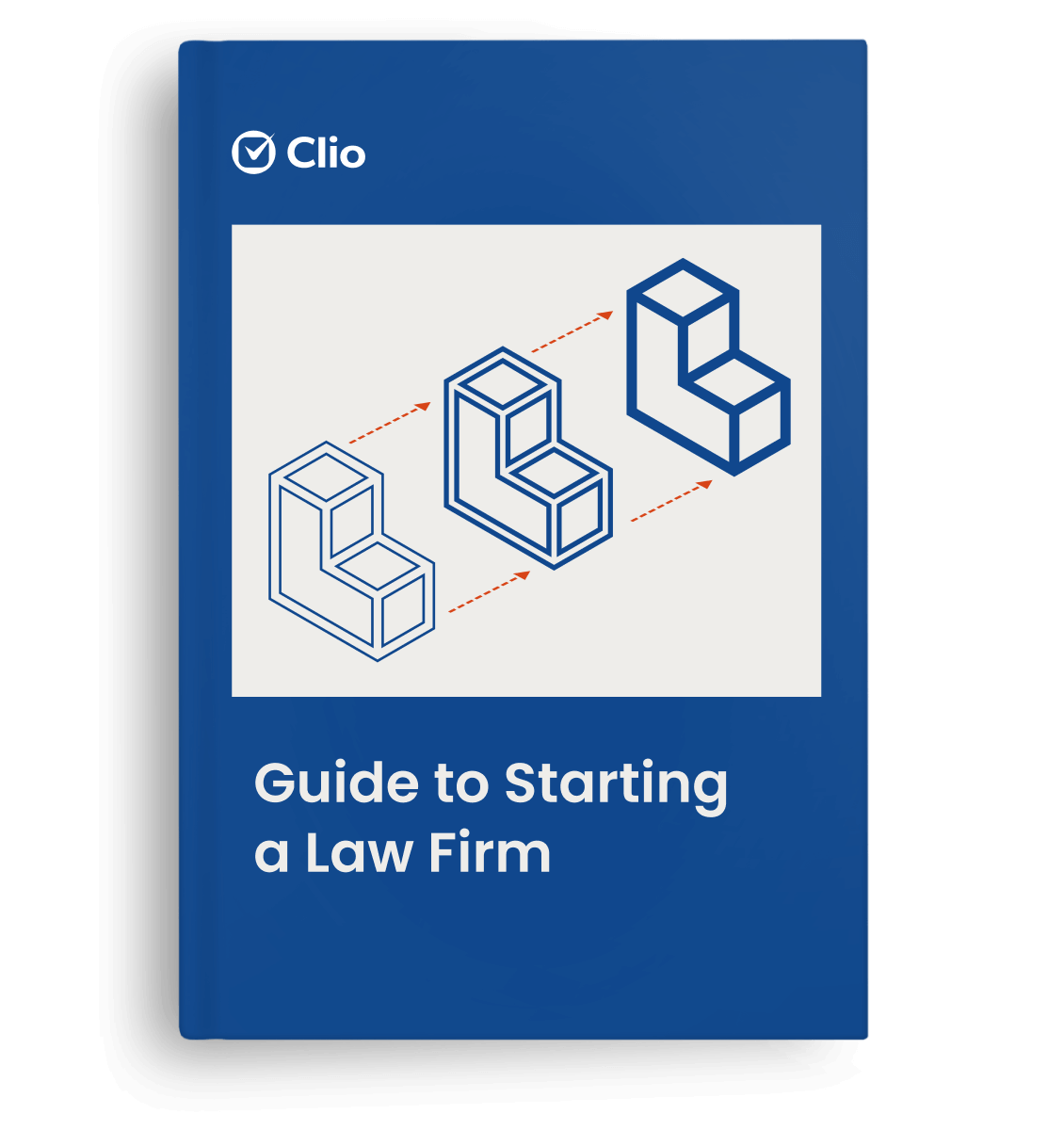All attorneys, at least superficially, understand the importance of having a strong professional network. But many take a ‘set it and forget it’ approach, making one-off introductions and following up with the occasional message or obligatory Christmas card (or worse, only reaching out when they need something).
Human nature, for the most part, also dictates that our efforts focus most on our connections with the people closest to us. With limited time for law firm business development, many attorneys choose to forego client follow-up and outreach entirely.
Not only can this cause your network to deteriorate in the long run, but it can also contribute to ‘network lag’—i.e., when your network becomes ineffective due to poor network management.
This is where the Conversation List comes in. By using this technique, discussed by attorney John Corcoran in our ‘Business of Law’ webinar, attorneys can lay the groundwork for an entire year’s worth of consistent networking in about 15 minutes, ensuring their law firm’s business development is laser-focused on networking with the right contacts.
The Conversation List strategy: How it works
The premise is simple: Create a list of at least 50 individuals, organizations, and events most valuable to your firm’s growth—these contacts will be who you focus on developing or deepening a relationship with over the next 12 months.
For individuals, include:
- Other attorneys (naturally)
- VIPs and influencers in your field
- Current clients
- Potential clients
- Friends of friends
- People who understand reciprocity
- People you connect with on a personal level
For organizations, include:
- Bar associations
- Chambers of commerce
- Other professional organizations within your community that are aligned with the goals of your practice
Choose two to three of the highest value options and take an active role within them (beyond being just a member). Sit on the board, or help plan events—taking an active and visible role will help you to stand out and be recognized as an expert within that organization.
For events, branch out beyond those you attend out of habit but that don’t actually provide any value to your burgeoning firm (might we suggest this one?). Look for events that enable you to expand your network beyond the legal sphere, or that allow you to acquire new skills.
Building your Conversation List
Once you’ve assembled your list of contacts, throw it into a spreadsheet. While fleshing out your list, it’s important to not focus on what these individuals, organizations, and events can do for you—but rather on what you can do for them.
Keep in mind that networking relationships typically evolve through several stages:
- A relationship doesn’t exist, and your potential contact may not even know your name.
- Your contact gets to know you better through your efforts to stand out via writing and speaking engagements or involvement in groups.
- You get introduced to your contact and maybe have an initial meeting.
- You follow-up to deepen the relationship.
Most business development strategies are only concerned with the introduction—after all, once you’ve met a person, converting them to new business should be automatic, right? The beauty of the Conversation List is that it emphasizes the follow-up period as the most important stage of any relationship development.
Highlight how you can contribute to each member of your list in a meaningful way. The key to building valuable, ongoing relationships is delivering value on a consistent and ongoing basis—without wearing your lawyer hat. Treat these relationships as you would any other relationship in your life, and understand that the most relevant value you can provide to other humans may not be your encyclopaedic knowledge of the rules of civil procedure.
You may like these posts
The importance of being consistent
The important caveat to this strategy (or any law firm business development strategy, really) is consistency. Sending one-off, cold introductions to the members of your conversation list will likely not yield results. But by keeping in contact, and constantly being on the lookout for opportunities to offer help, advice, relevant value, and articles of interest, in the long run—whether these contacts become clients themselves, or refer other clients to you—your initial 15-minute investment should result in a steady stream of traffic to your law firm’s door.
Congratulations, you now have your next 12 months of law firm business development mapped out—all in under 15 minutes.
We published this blog post in January 2017. Last updated: .
Categorized in: Business









